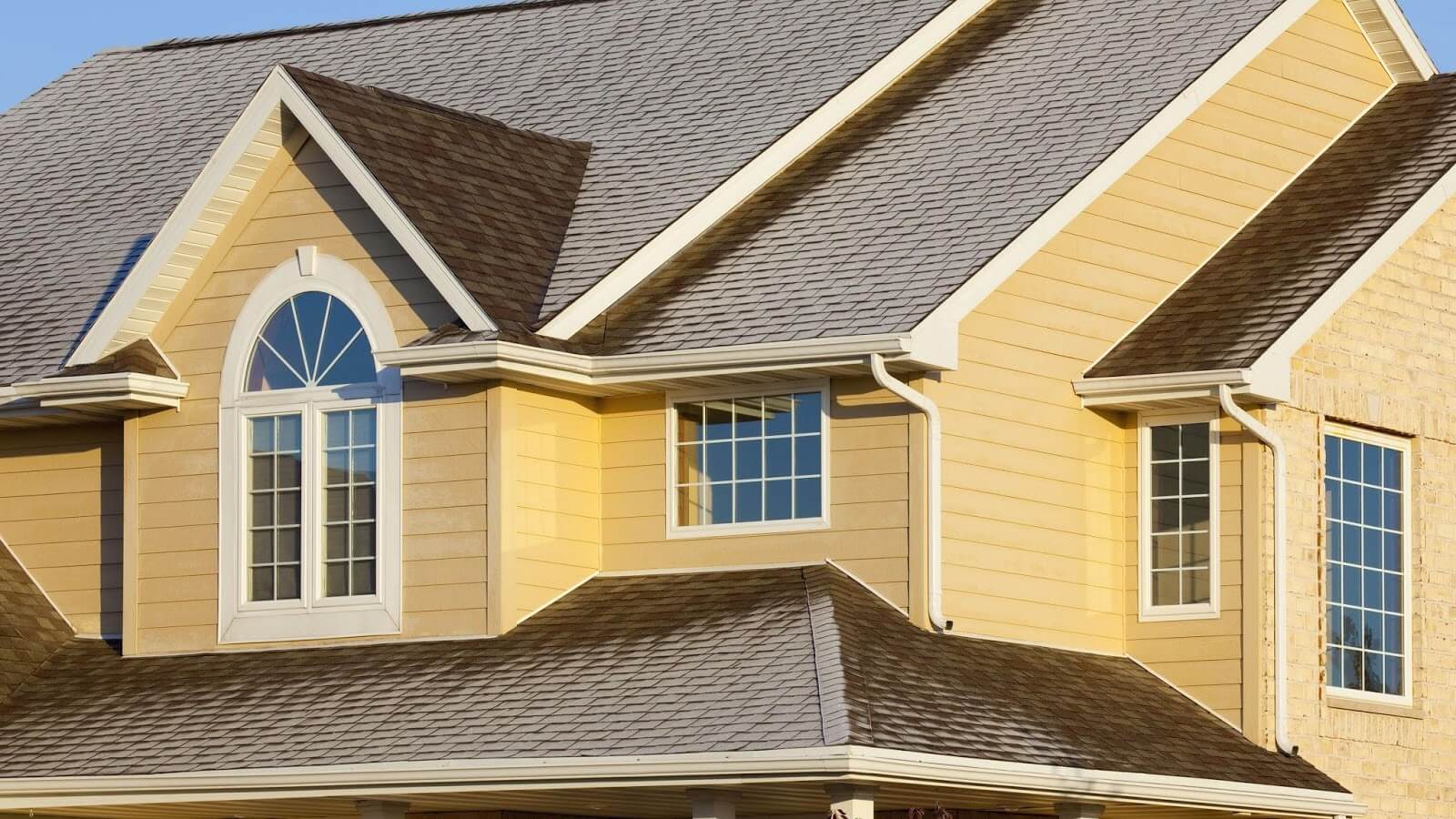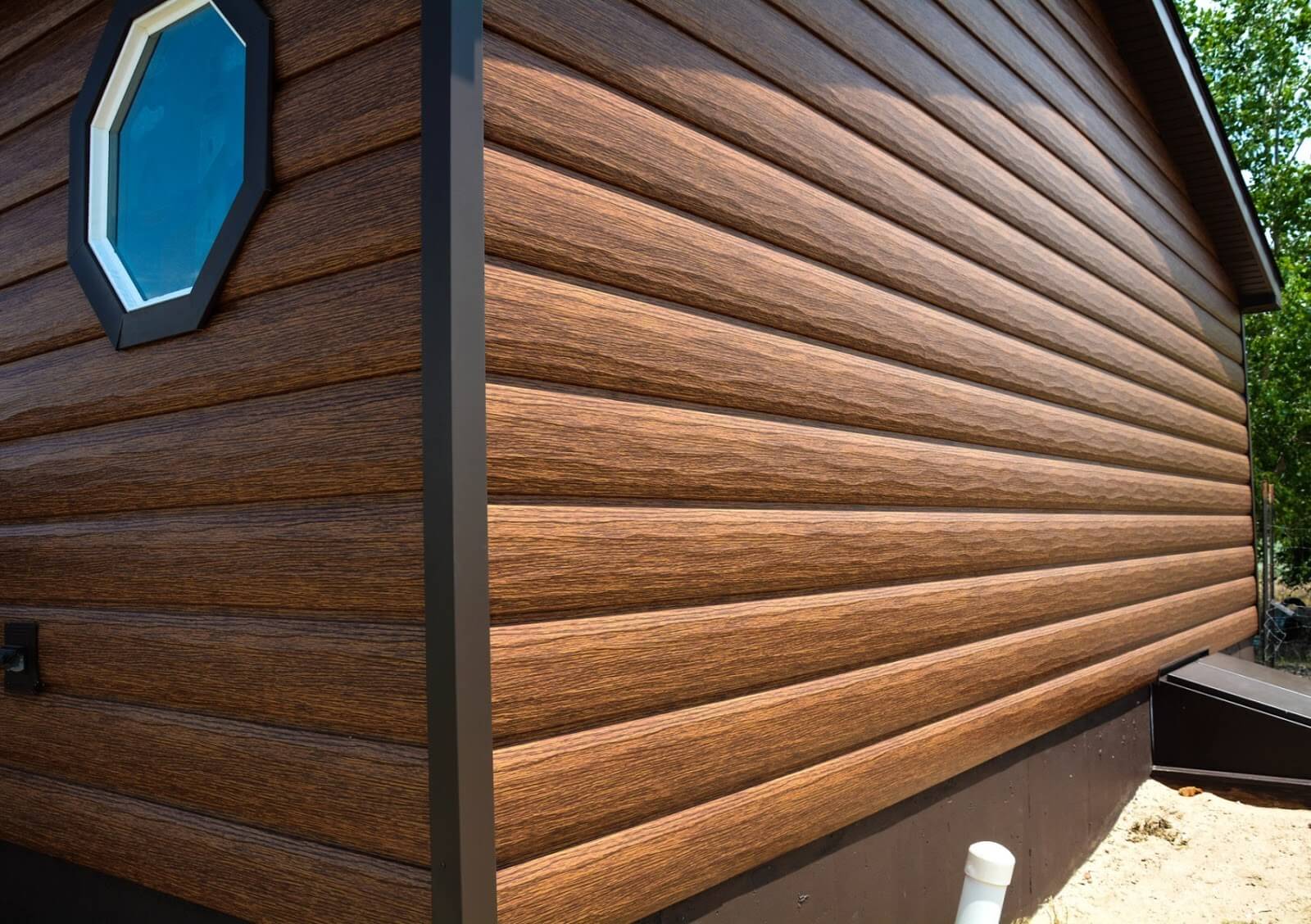Request Quote
Home | Our Blog | Best Siding Buying Guide
Reviewed by Tomas Kalkys. President.
Qualifications: More than 20 years of experience in residential and commercial exterior remodeling.
Founding farther of Legacy Service.
Written by LegacyUSA Team
posted on Nov 29, 2019
Get Estimates From Roofing Pros
Siding is a protective material attached to the exterior side of a building’s wall. Whether you’re looking to install a curtain wall or another type, you’ll have to decide what the best siding for the house would be, since there are several types, and there are various features of their application.

Cladding, or the application of one material over another on walls and buildings, is distinguished by its beauty, attractiveness, and uniqueness. It makes any building look more prestigious. It is made of various components, each of which has its pros and cons.
Not a real zip code.
Vinyl siding is the most popular and most commonly used type of building cladding. It was first used in America and had appeared in the second half of the 20th century.
Here are the pros:
It is made of polyvinyl chloride, plastic characterized by chemical inertness and a wide temperature operating range. Cladding is presented in the form of thin plastic based on PVC. The material is characterized by durability and affordable pricing.
Acrylic siding is a material designed for facade cladding. It’s to make a building look luxurious and modern. Also, this material serves as excellent protection against climatic influences extending the life span of the structure.
The pros are:
Reliability, variety of colors, and ease of installation make acrylic siding one of the most widespread methods of exterior cladding.
This facade material is often made of stainless steel and used for coating shops and industrial facilities. The product is not affected by corrosion or mechanical damage, but there are risks of collapse from its weight in case of improper installation.
Pro: More durable material.
Con: Instability to weather conditions.
Metal siding is:
It also has special fastenings, which make it the best material for coating facades.
Metal siding can withstand quite large loads, but when a certain limit depending on metal thickness is reached, dents appear on it, which can only be removed by replacing the panels.

Fiber cement siding is made from cement with mineral fillers and fiber mixture. It is thin glass, polymer, or cellulosic fiber that gives panels strength and ensures cracking resistance. Main advantages include:
Outdoor wall cladding panels will serve for several decades. They are not subject to rotting, fungus, corrosion, insect attacks. The average cost is from $6-12 per square foot.
Not a real zip code.
This type is the least durable of all. However, it is widely used and quite popular because it’s the best type of siding for the environment. Now, wooden houses are not built, but some are cladding their houses with wood. Nevertheless, this material has more cons than pros:
At the same time, wood is a natural, environmentally friendly material that’s easy to use. It has a wide range of colors, which makes it possible to easily choose the right one. It usually costs from $5-10 per square foot.
Plastic siding, despite the PVC fragility, is the most durable of all. The claimed life span is 50 years due to the fact that:
Despite the use of photo stabilizers, PVC color changes over time. Color loses its intensity, and white plastic may become a little yellow. Therefore, plastic siding is painted in bright colors with low saturation.
Recently, brick siding has become increasingly widespread. Before you start building a new house, you need to think through all the points associated with choosing the best exterior siding. It depends on the facade cladding, how durable the house will be, and how quickly it will start collapsing.
The material is characterized by:
This is one of the best house sidings, which costs about $6-15 per square foot.
The main danger associated with the curtain wall systems use is the risk of fire. Fiber cement siding is the most fire-resistant of all. It does not burn, and it can survive local fires without consequences.
Metal siding is also completely non-combustible. But when exposed to fire, it loses its appearance, corrosion protection, and it becomes unsuitable for further operation. PVC is combustible, but it doesn’t spread flames and burns only with external exposure.
In terms of environmental friendliness, any of the mentioned best siding materials can be used. The preference can be given to fiber cement cladding since it only contains natural components.
In terms of ease of use and maintenance, plastic is beyond the competition. Its smooth surface can be easily cleaned from dust and dirt. Scratches on it are invisible since surface damage doesn’t lead to a color change. Metal siding is also simple in terms of maintenance; nevertheless, any scratches need to be painted over.
When choosing one of these options, you’ll need to consider the convenience and ease of use, as well as the cost of acquiring the material, its delivery, and the complexity of installation. Metal and plastic sidings are known for their installation convenience. Metal siding is somewhat heavier than plastic, but this difference can be neglected in most cases.
When deciding which siding is best, plastic or metal, it’s worth considering the fact that plastic siding is easier to cut and bend. Various bending techniques are often used during installation, which is much easier to do with plastic. Plastic parts can be bent without irreversible deformation, which also simplifies the work. You can also give preference to plastic/metal composite.
Due to the ease of installation, plastic and metal sidings are inexpensive. Plastic is especially economical since the material is cheap. Fiber cement siding is expensive to purchase and more difficult to install. It has more weight, which makes higher demands on the subsystem. This also increases the total cost of the curtain wall installation.
If you need help choosing the best siding material for your project, call us at +1 267-961-7088
Posted on Nov 29, 2019 in Roof
Read our news
HOW LONG SHOULD A ROOF LAST? ELEMENTS
A lot of elements play a role in maintaining the integrity of the roof, but as a homeowner, the most important components to pay attention to are the underlayment, ventilation, and material.
DIFFERENT TYPES - DIFFERENT LIVES
Choosing the best roofing material for your home is the first important step in ensuring that you have the highest quality roof possible.
METAL ROOF VS ASPHALT SHINGLE ROOFING
Two of the most popular roofing materials on the market are metal and asphalt, and both offer different pros and cons to a customer.
Pros and cons of Asphalt Shingle Roofing
Replacing a roof is an expensive decision, and cannot only come down to cost.


